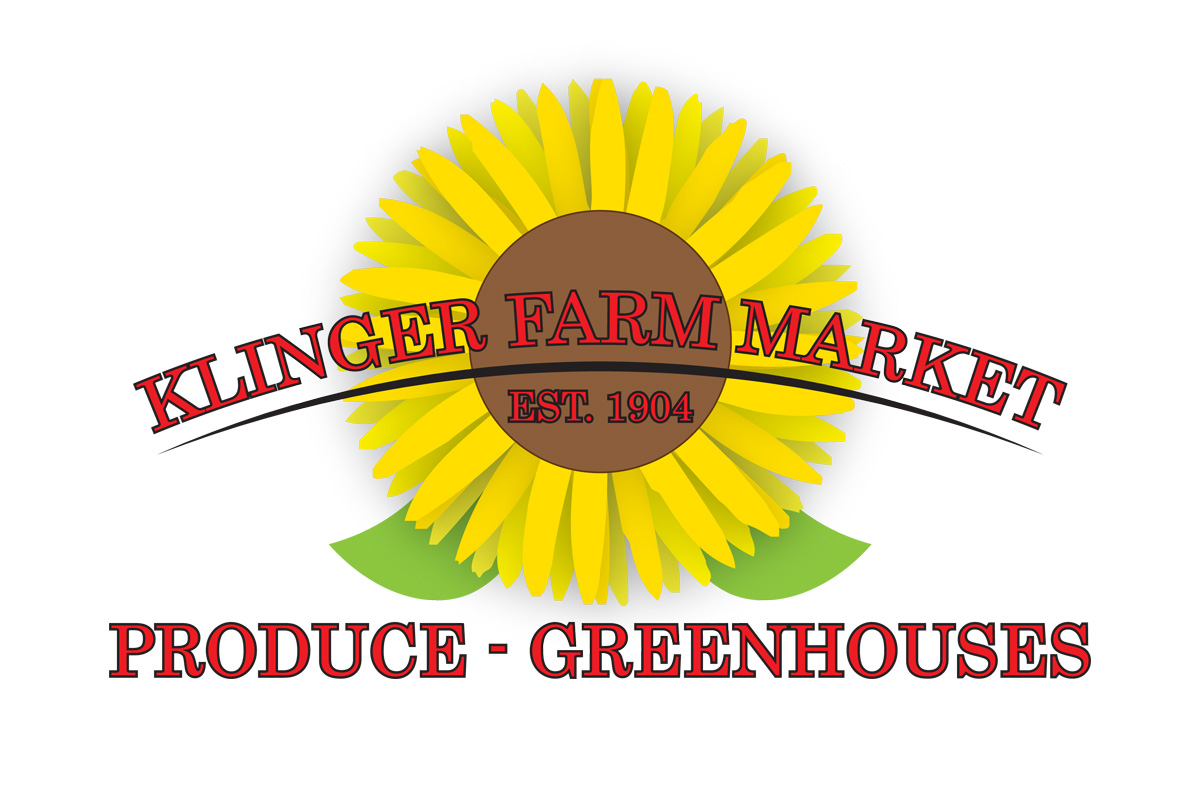Life is Short, Grow Some Food
start simple, and soon your gardens will be overflowing with fruits and veggies

In crazy times like these, people want to be more self-sufficient, especially when it comes to food. Planting a garden goes back to ancient times – and in times of crisis, gardening has helped to not only feed people, but to bring people together. Whether you’re a first-time gardener or a master gardener, there is always something to learn about gardening. I’m going to touch on a few things that can help you to start growing your own fruit and vegetables.
I would normally start this by instructing you to have your soil tested at your local county extension office before planting anything, however with offices being shut down, soil tests are currently on hold until further notice. So, we are jumping right into step two of starting a fruit and vegetable garden, creating a garden plan.
Start with a few easy plants, rather than starting a garden to feed the entire neighborhood in your first year.
Here are some questions to ask yourself when starting a garden: What do you want to grow? What plants do well here and which ones do not? Where are you going to put the plants? What type of growing conditions do the plants need? Do your research online or with a gardening book; research is one of your best friends when you’re going to start planting a garden.
Next, draw out where you’re going to plant each vegetable or fruit you are going to grow in order to help you once the plants start growing. There are three valuable points to remember when you are gardening: Air, sun, and water. Make sure your plants are well-spaced in order for the plant to grow. Make sure your plant has ample amount of sunlight to help it grow. Lastly, make sure your plants will be watered daily. The best time to water is in the early morning so that the plants get a good soaking before the hot sun sets in.
If you have decided to start gardening with seeds instead of purchasing plants from local garden centers, the best thing you can do is to make sure you have seeds that are right for the hardiness zone that you live in. The majority of Wisconsin is a zone four; however there are areas that are a zone three, so make sure to research your hardiness zone before purchasing seeds. In my experience, I have found that starting a garden is easier with plants that have already been started at local growing centers than attempting to start from seed. To some, that’s “cheating” in gardening, however, if you can’t get a seed to grow in soil indoors, you’re not likely to get the seed to grow outdoors. (That is from my own experience.)
Start with a few easy plants, rather than starting a garden to feed the entire neighborhood in your first year. A few that work well in this area are spinach, lettuce, beans, cucumbers, potatoes, and strawberries. You will find that some of these will be overabundant growers and you will have cucumbers coming out of your ears. With that being said, I reiterate the point of starting with a few plants to begin your garden with rather than a lot. Remember that your plants will need plenty of space to grow, so remember not to crowd everything in one small space. Some of the plants will also need support systems in order to grow, including beans, tomatoes, and peas. You can use anything from a measuring stick to a garden fence for this.
My best advice for new gardeners is to have patience. Rome wasn’t built in a day, so your lettuce may not sprout for a week.
Paula Bonnin is an Eau Claire County Master Gardener Volunteer and a board member for the Eau Claire Garden Club.


